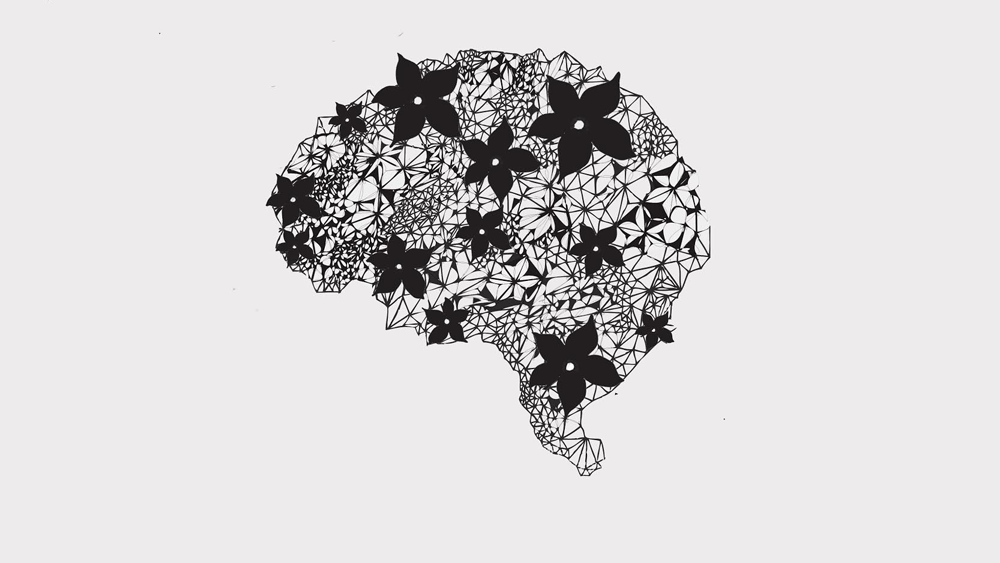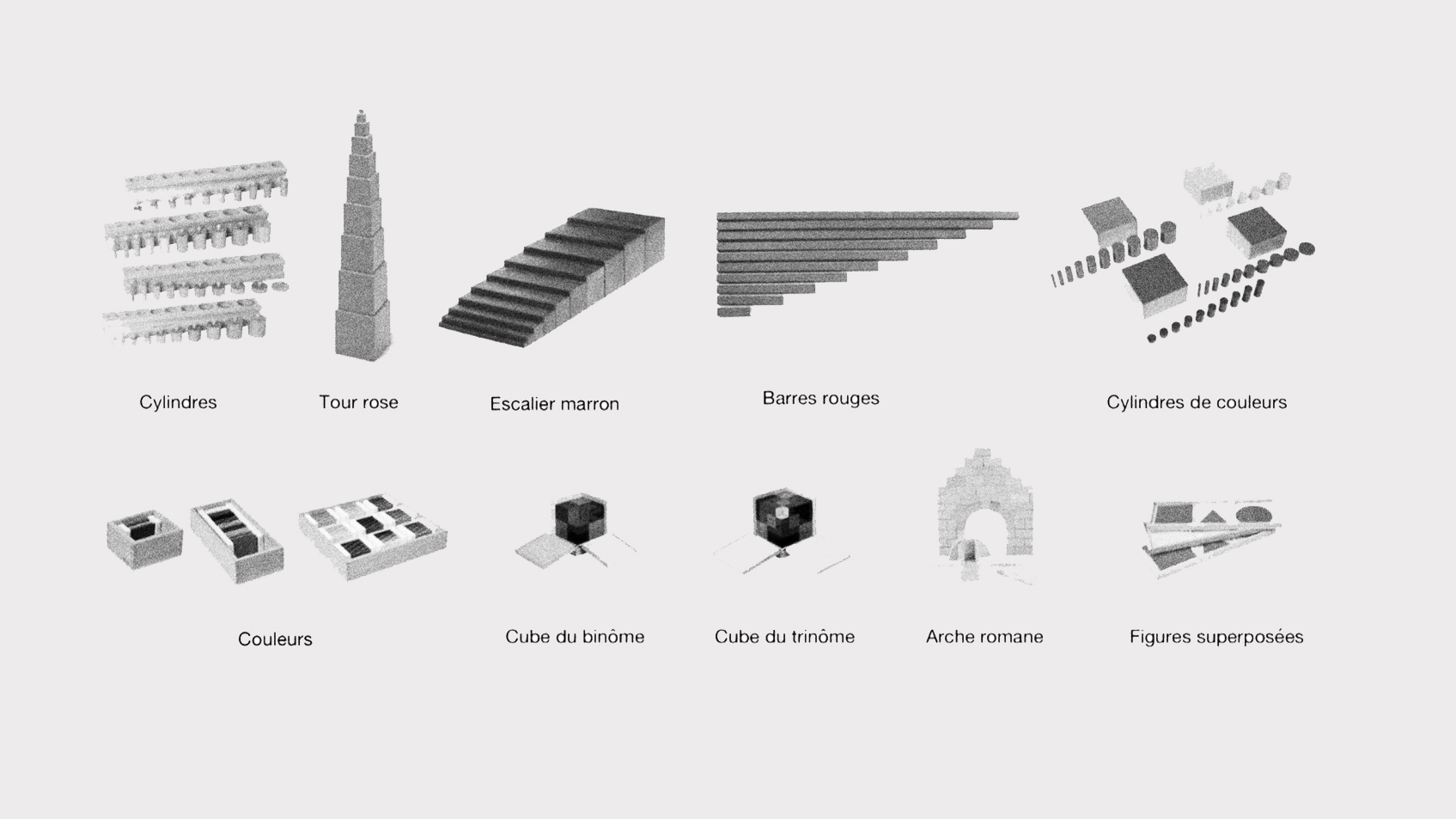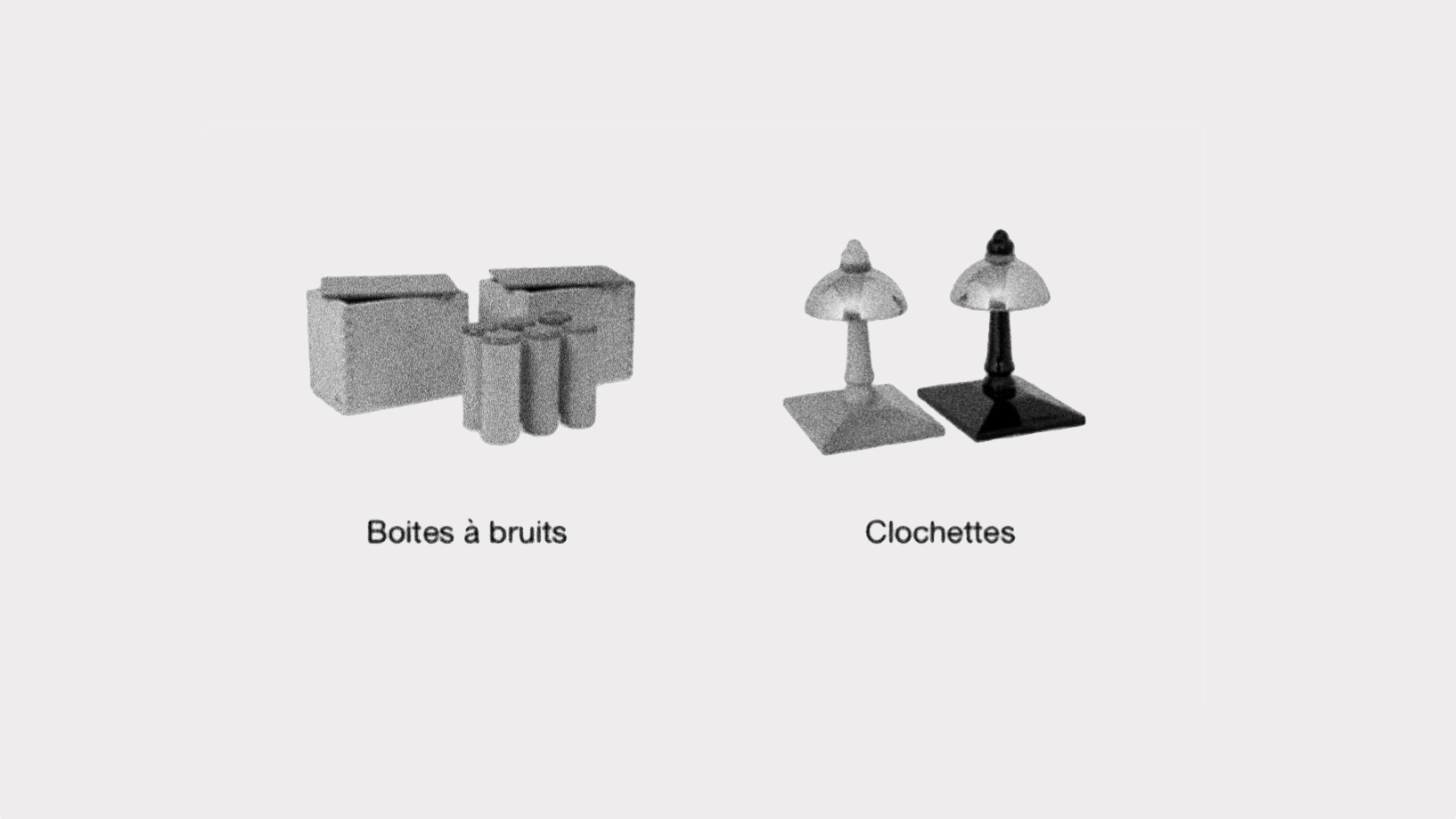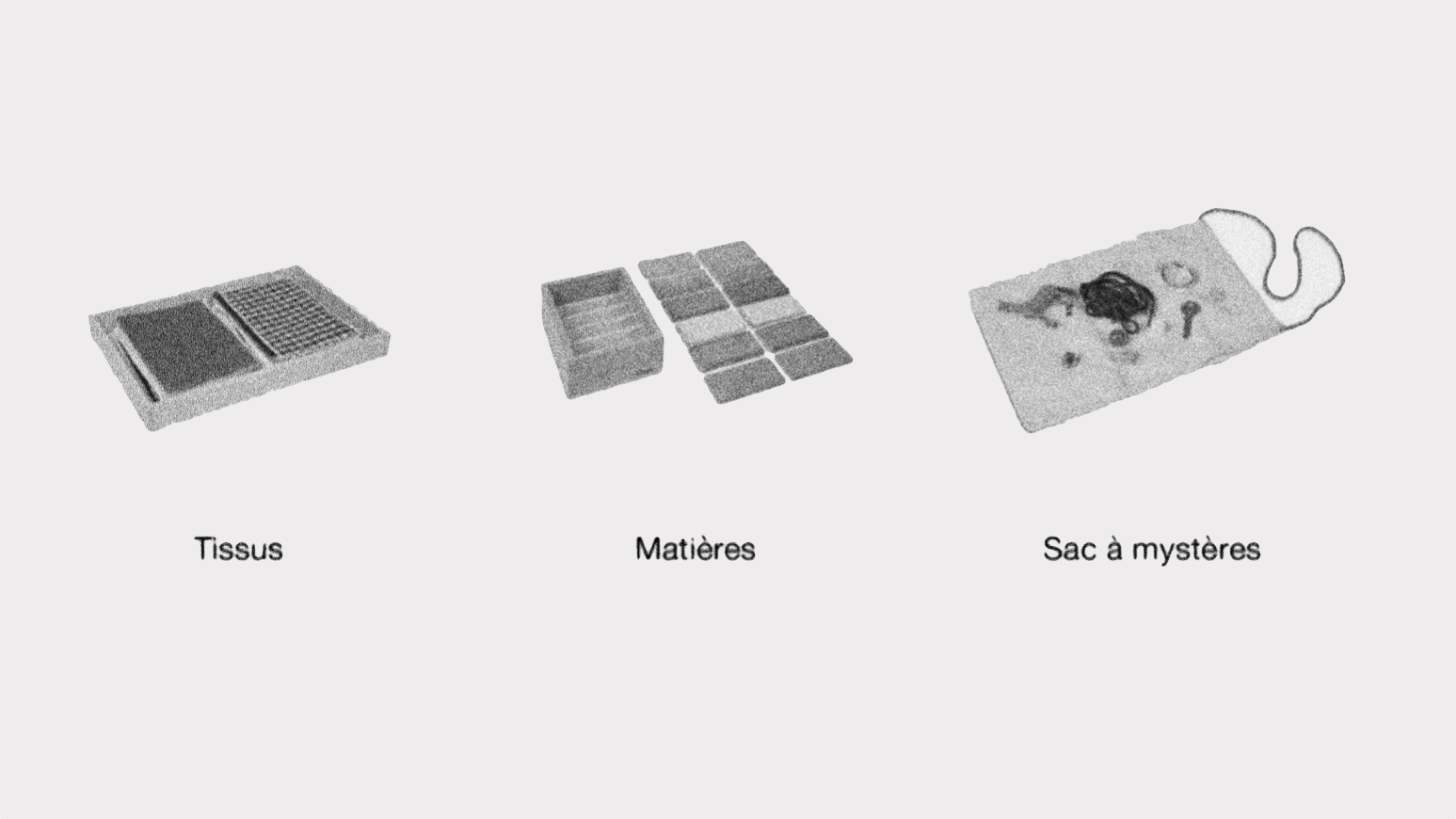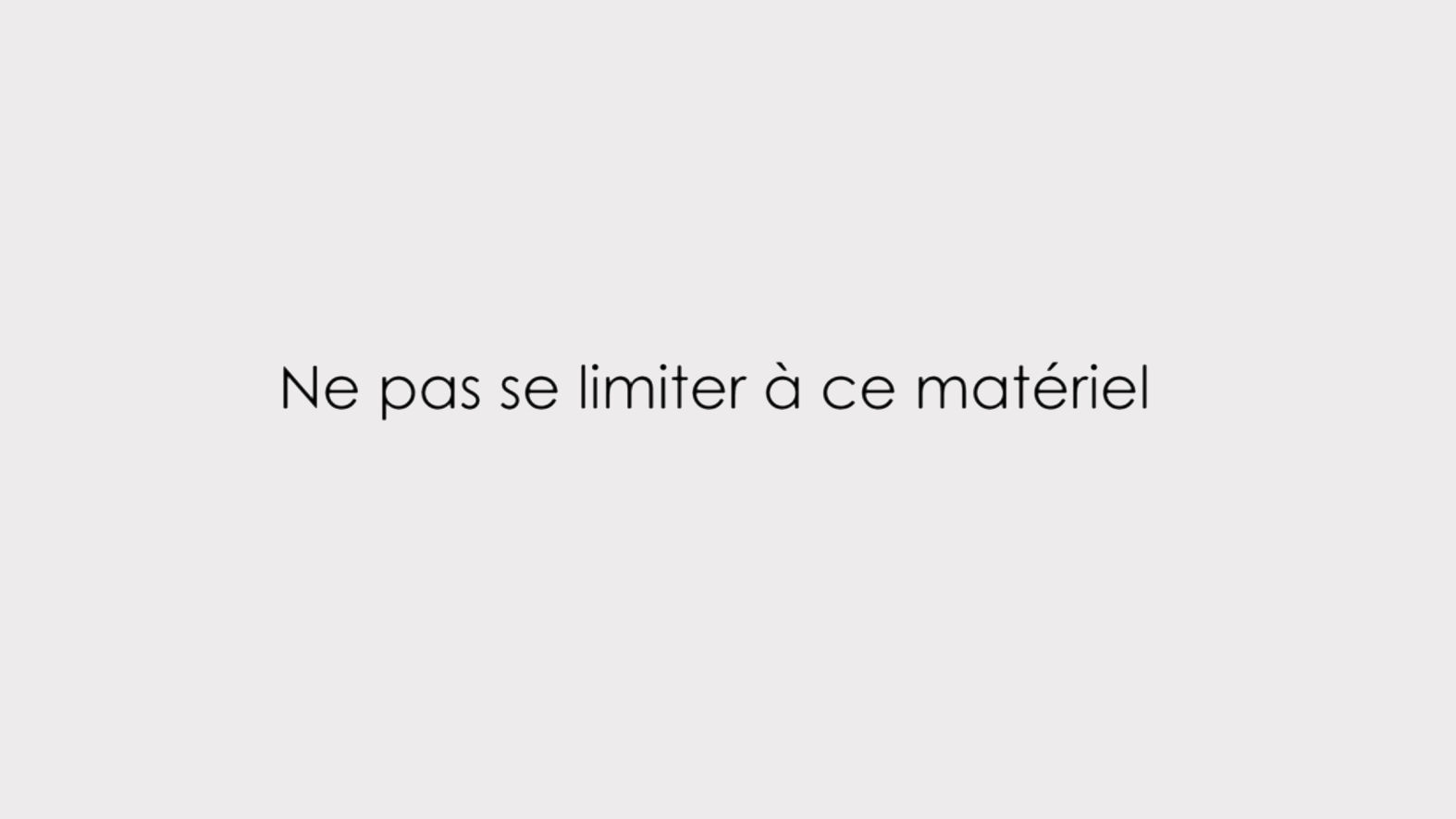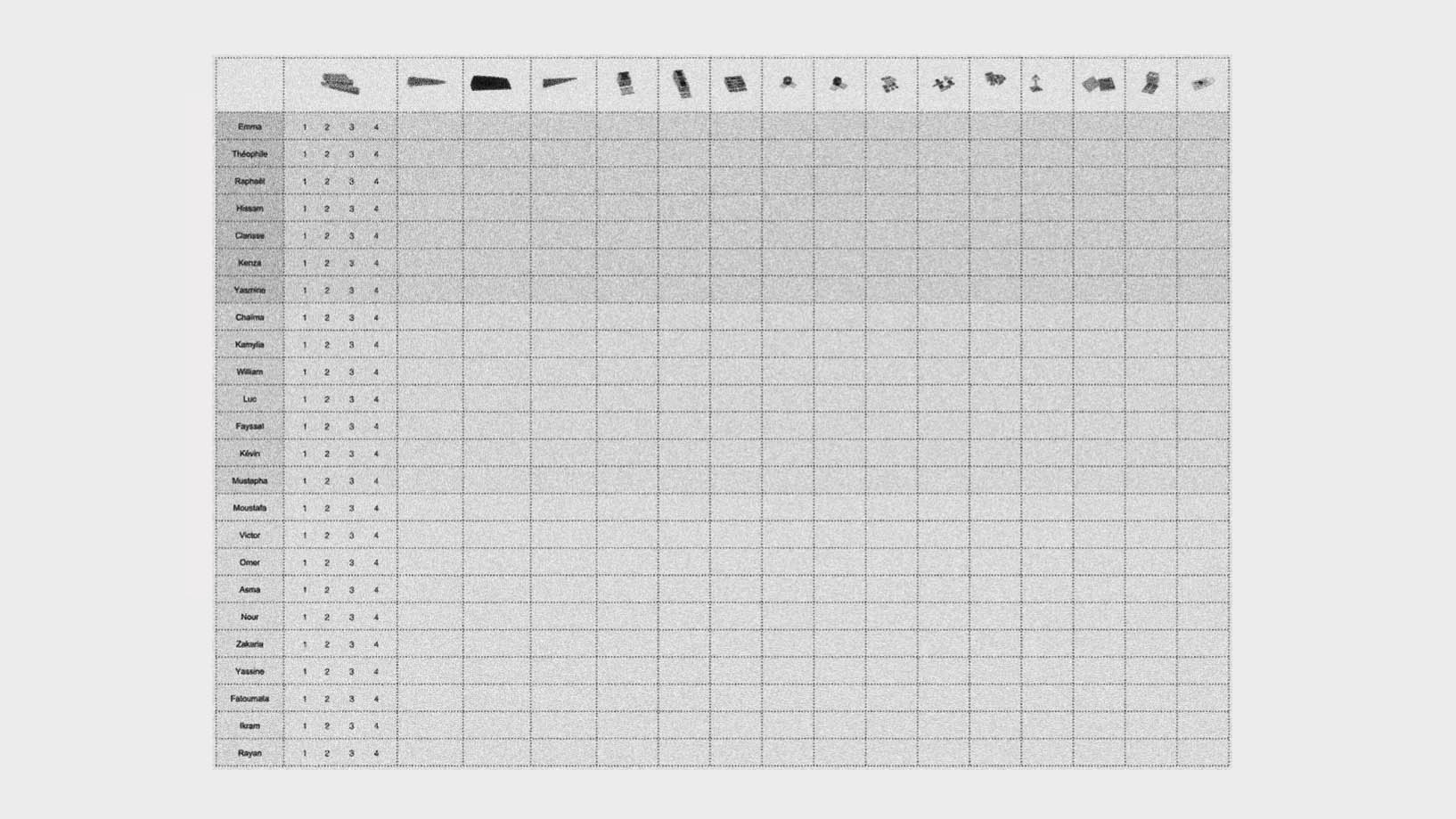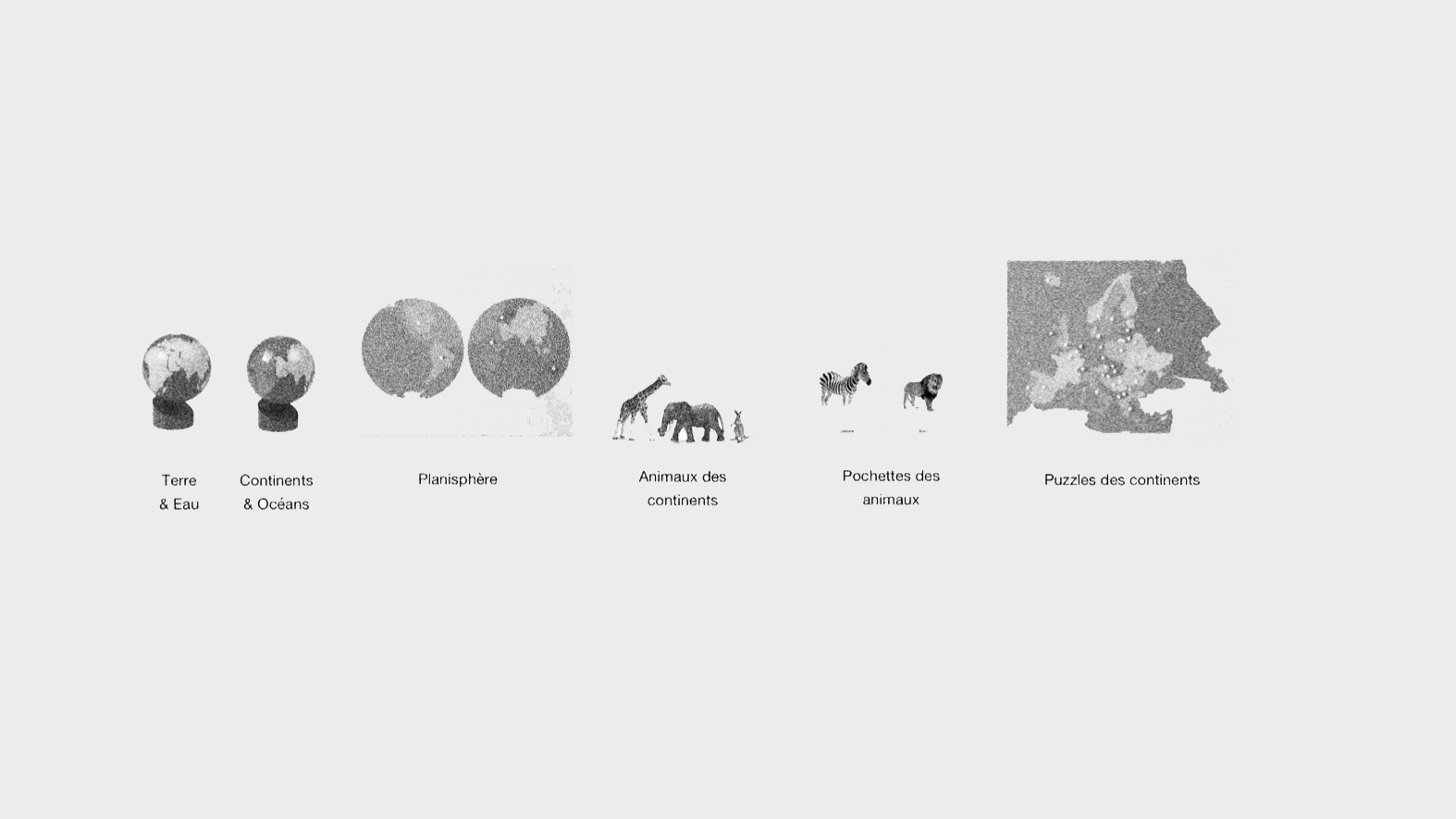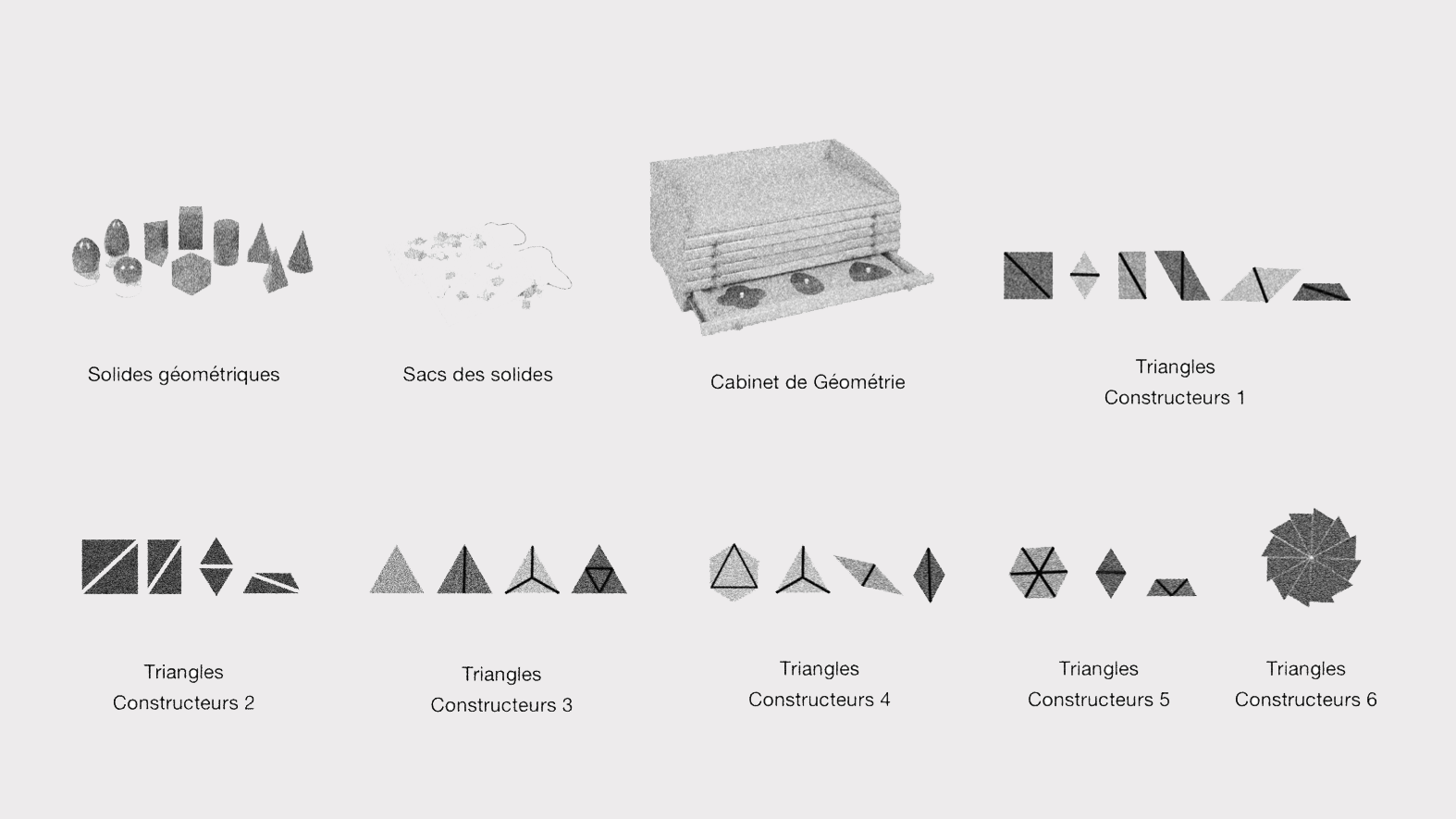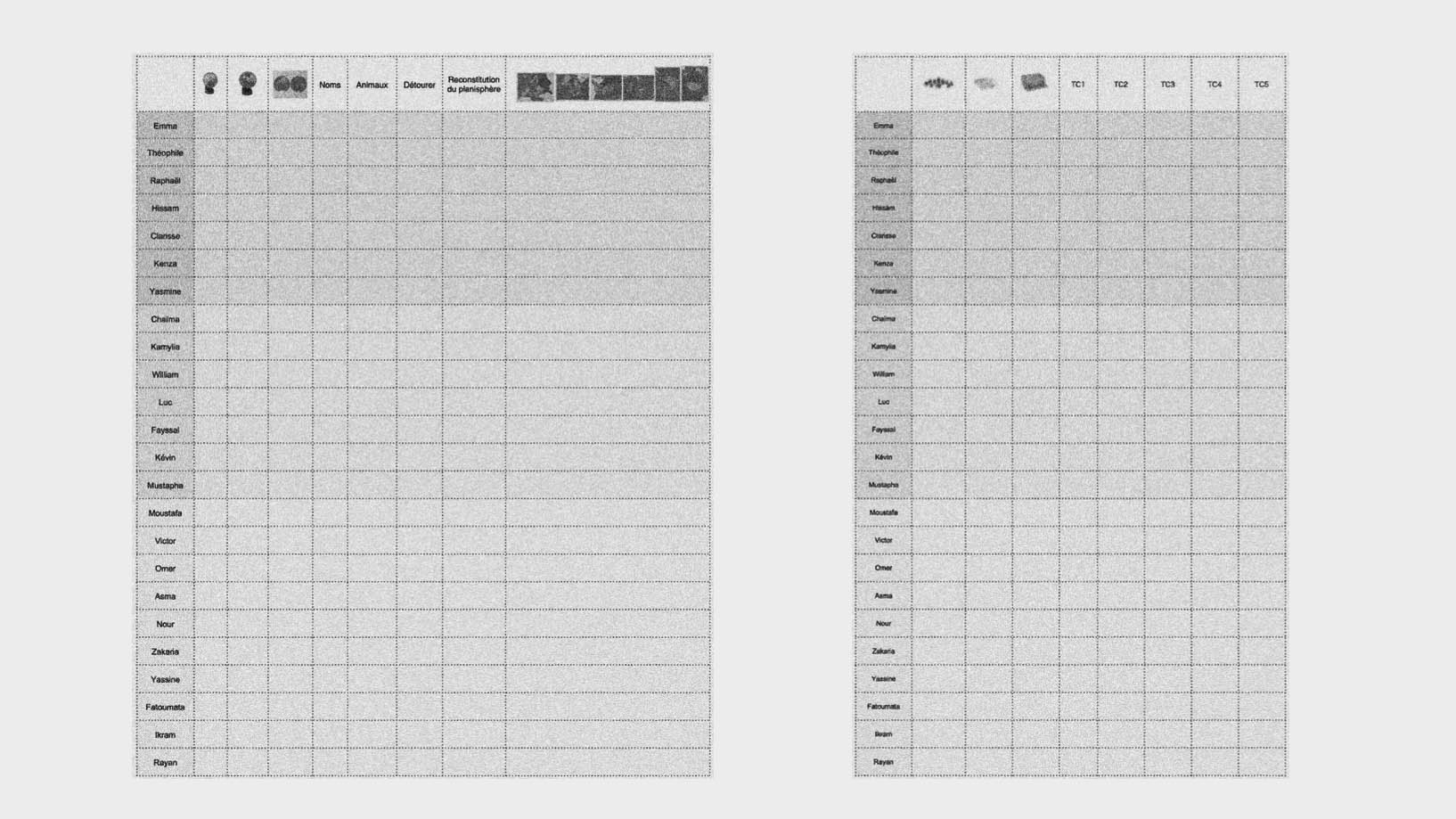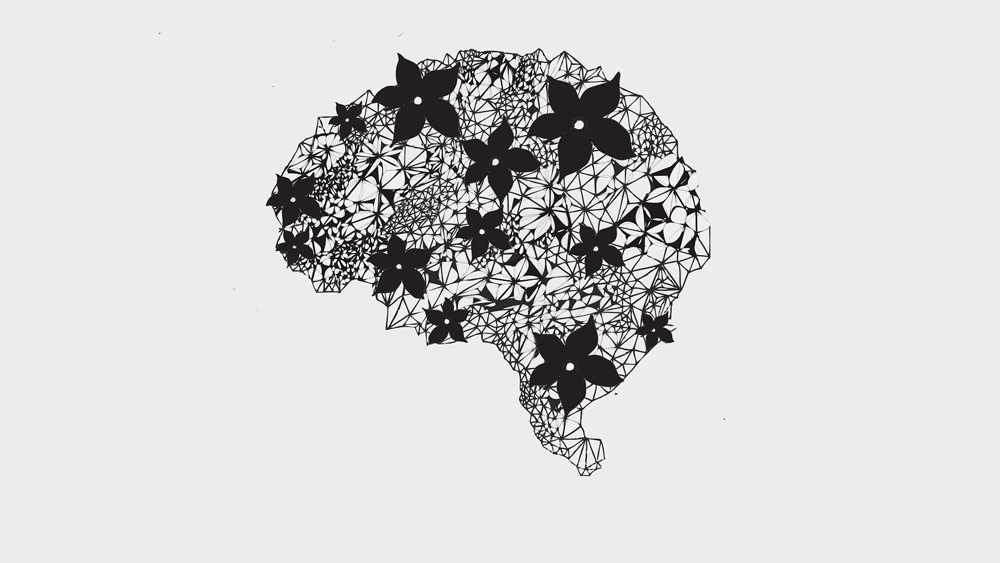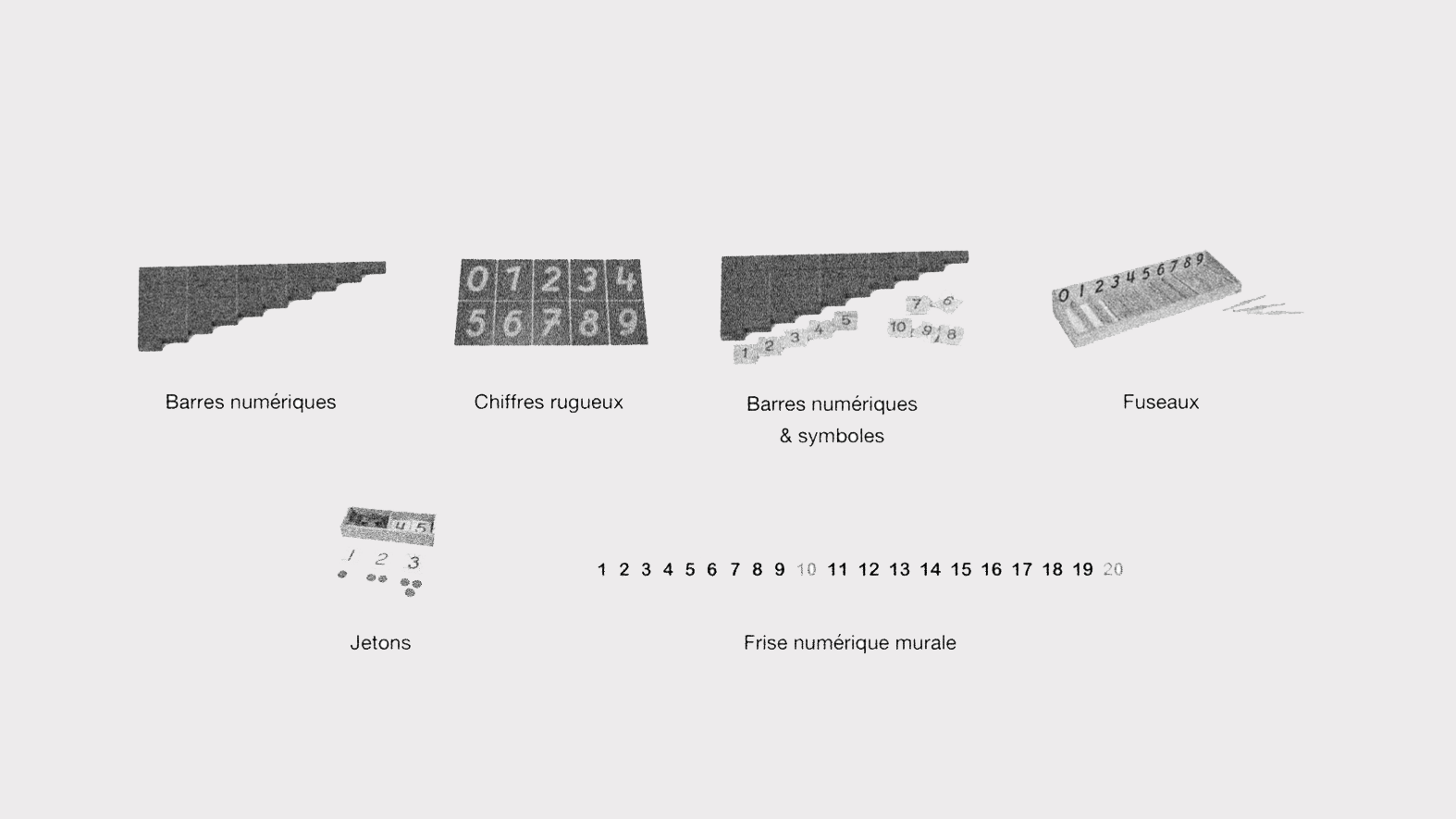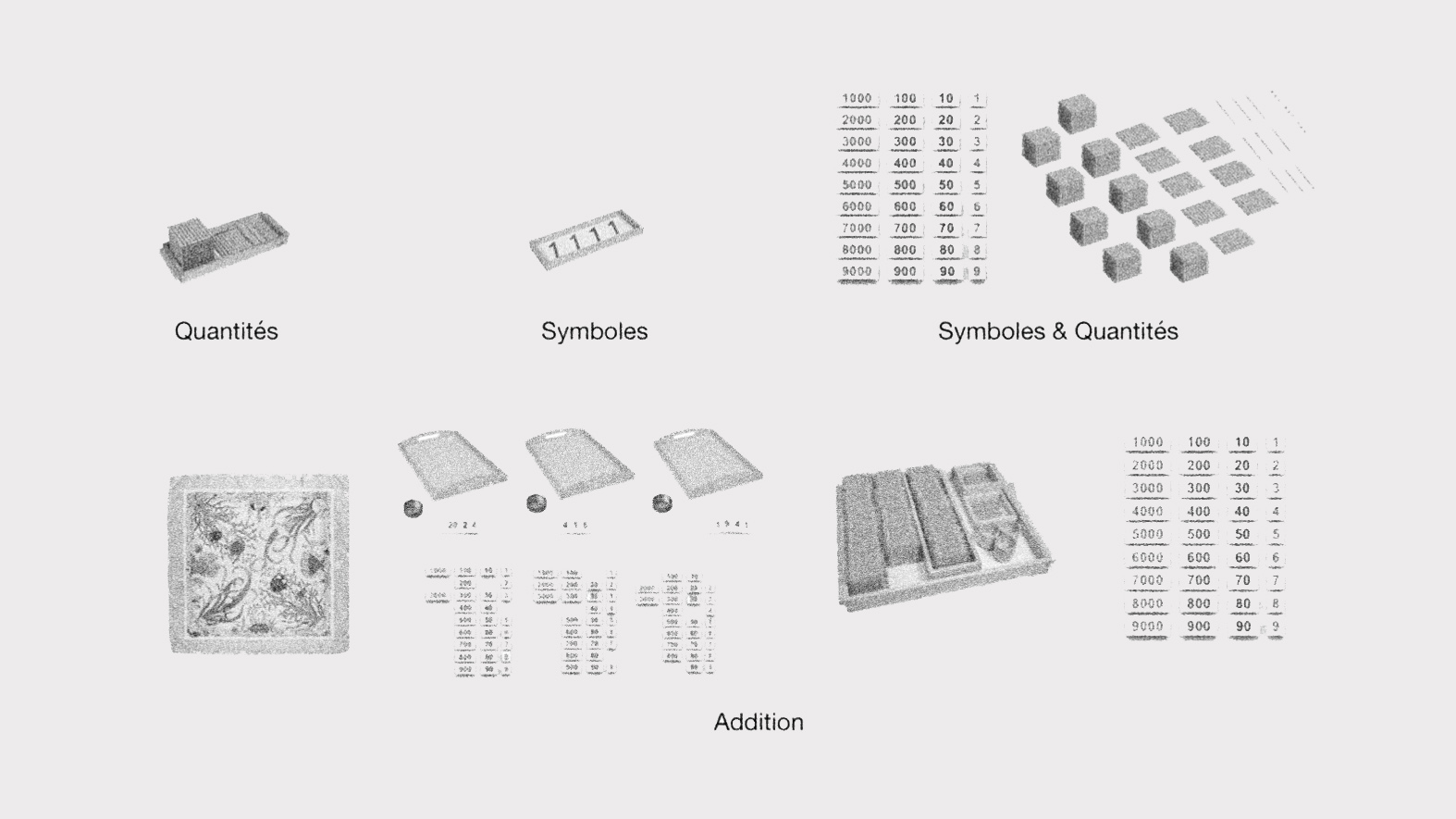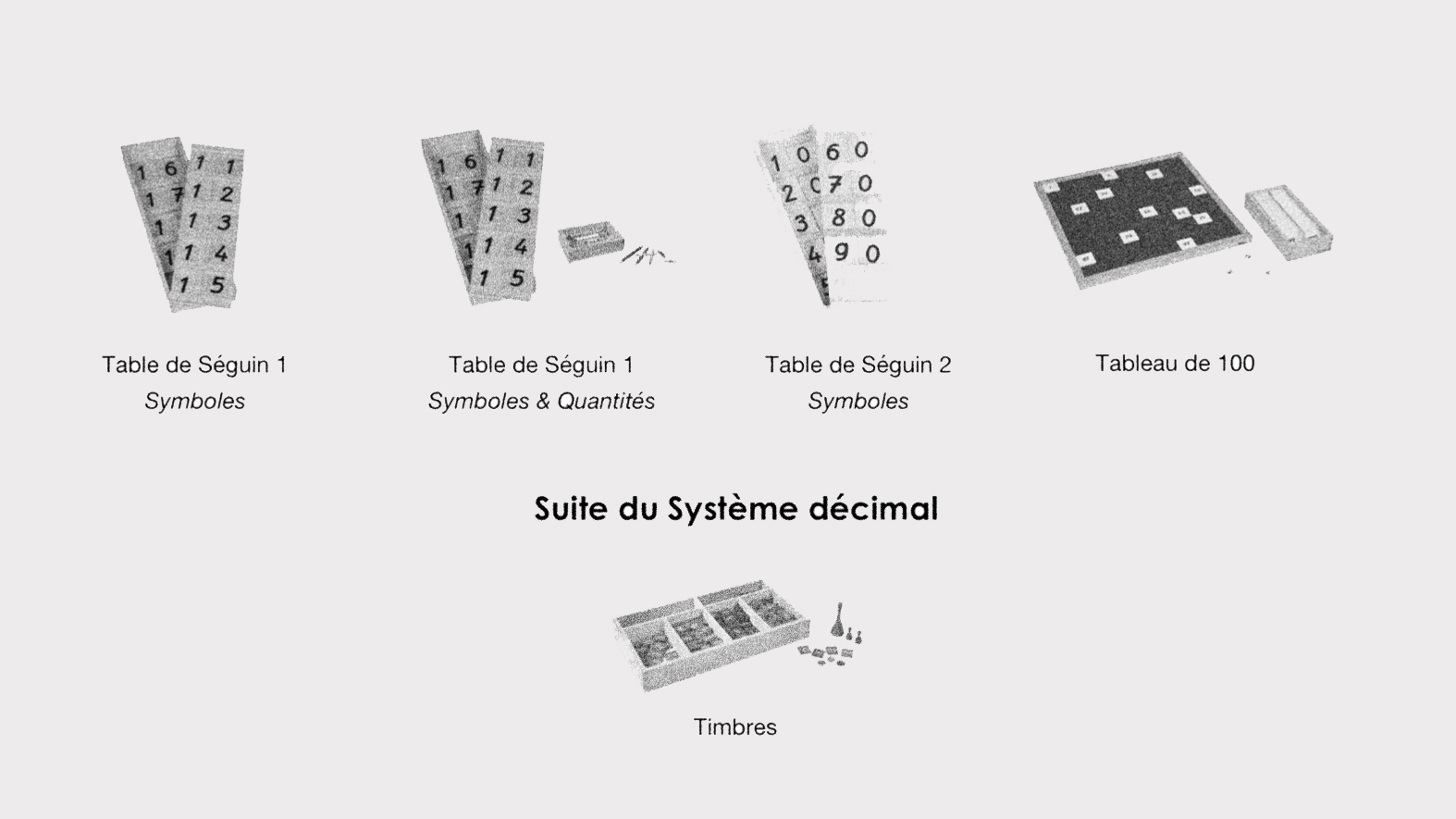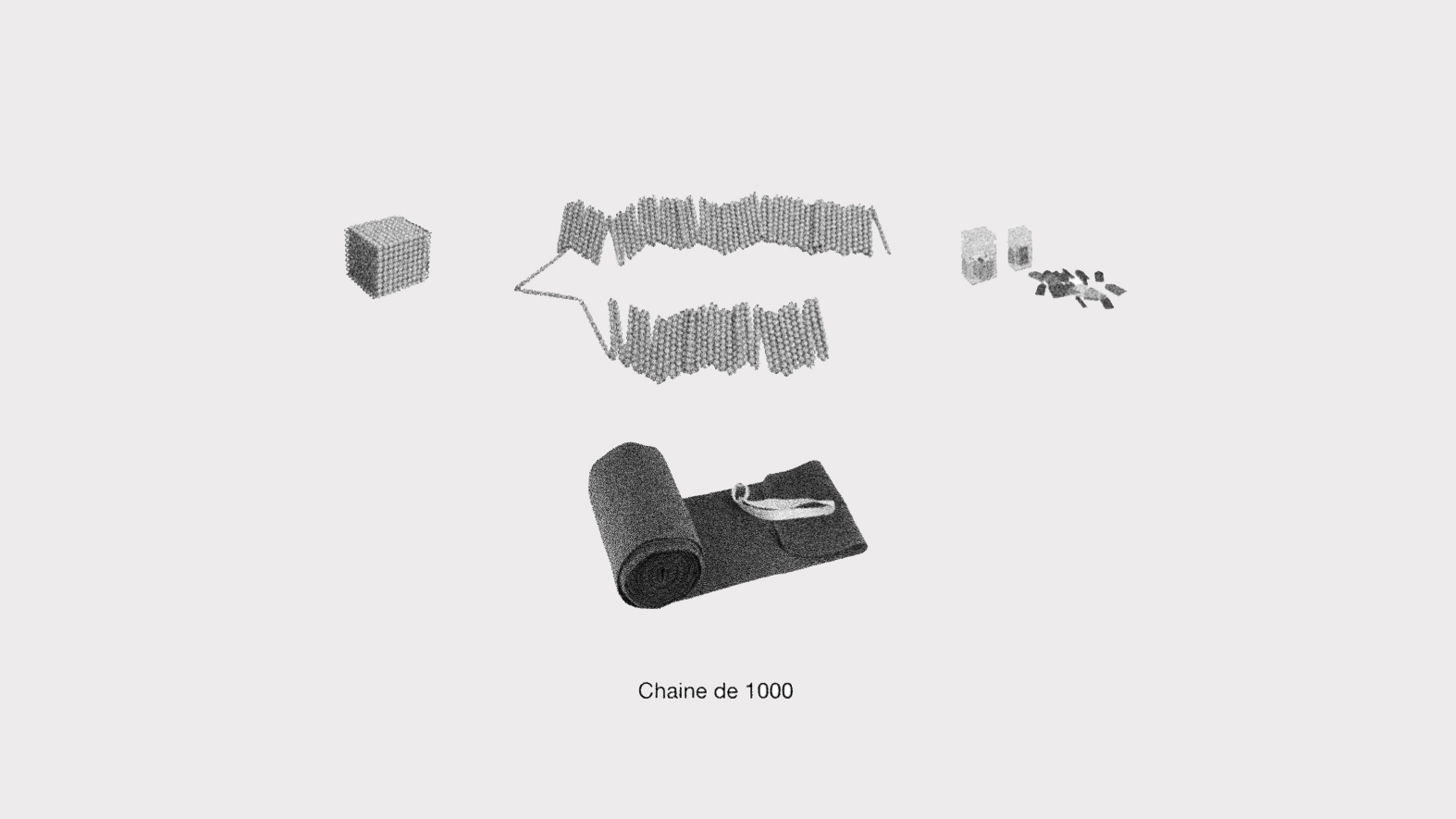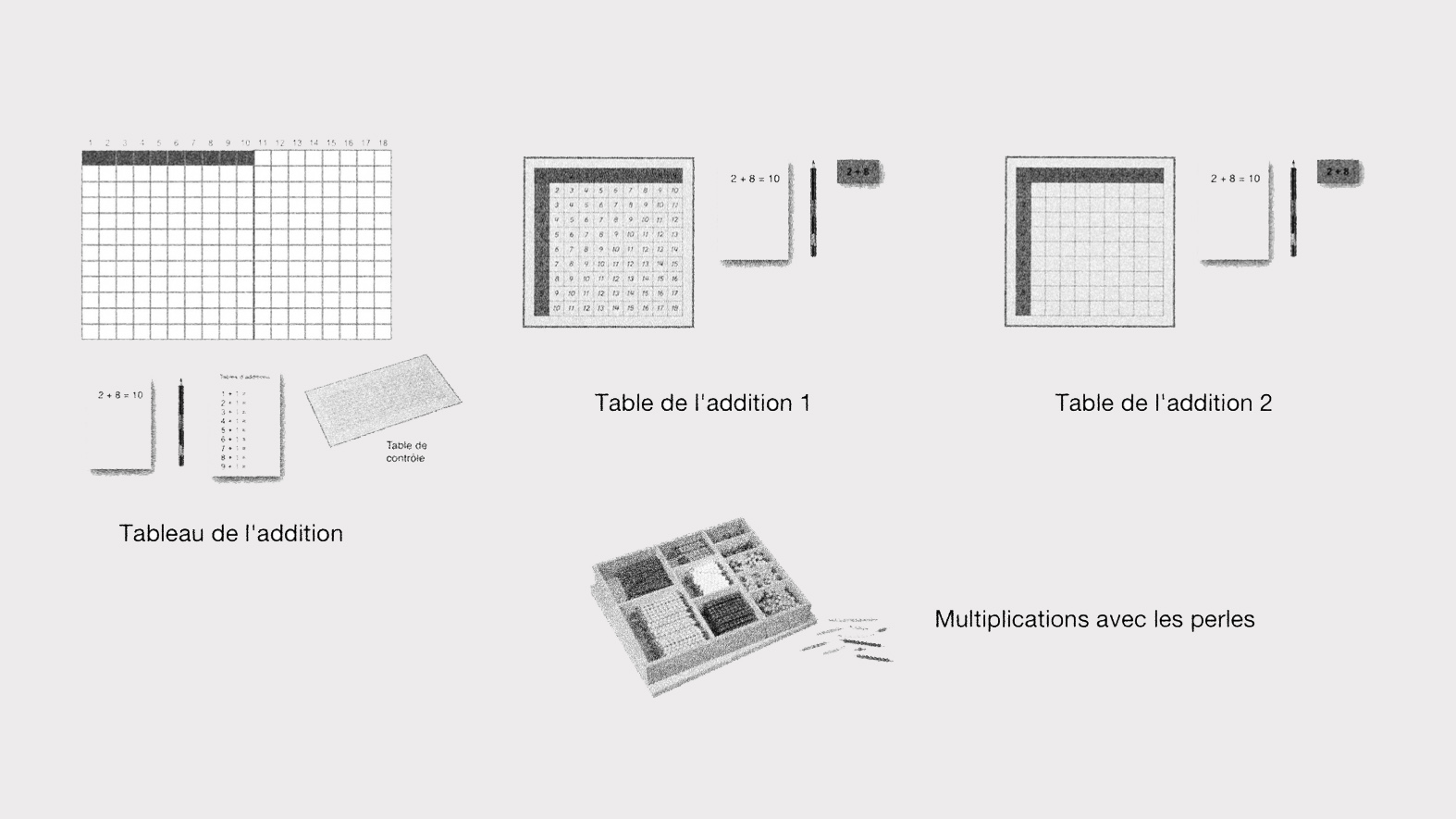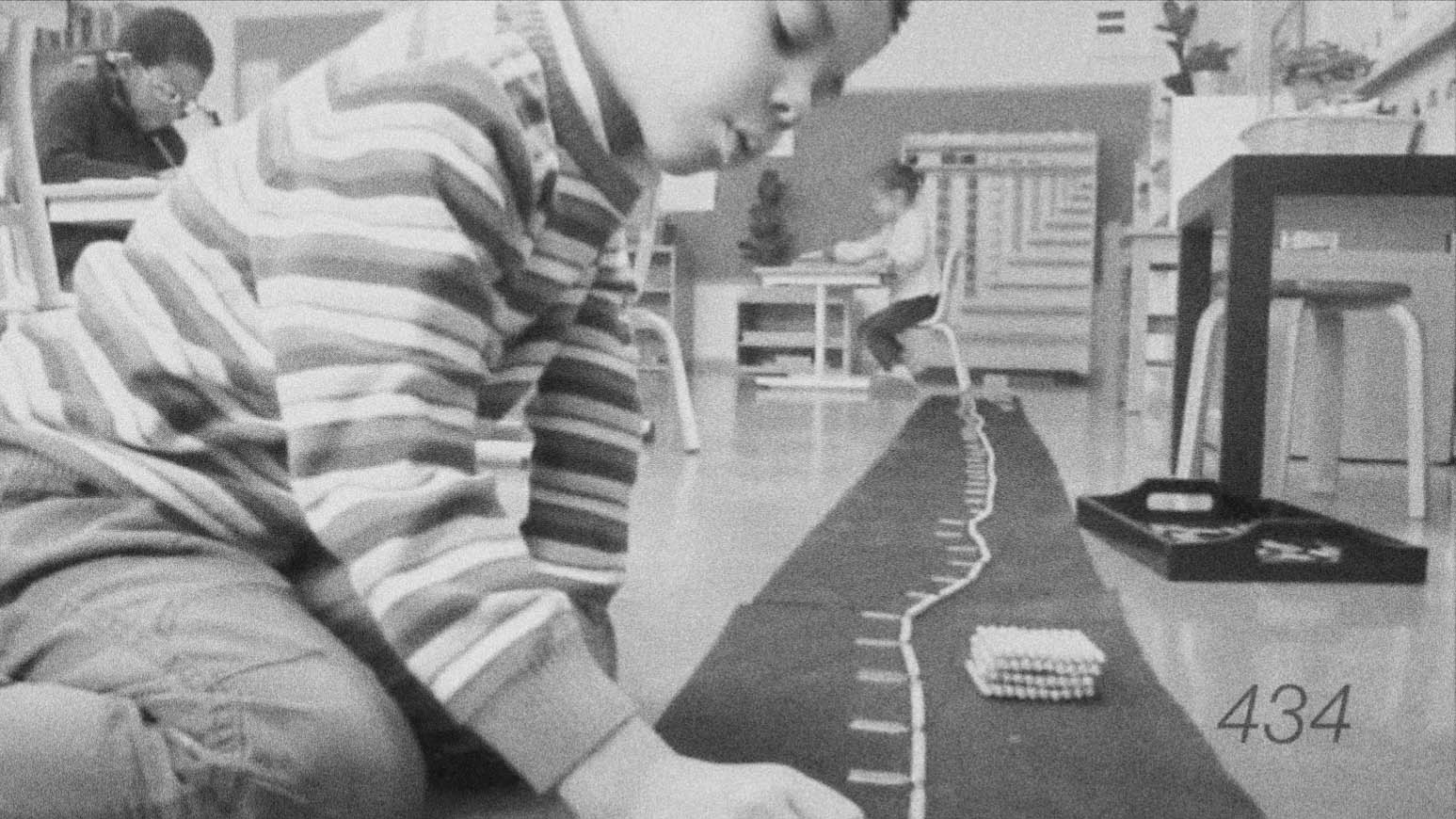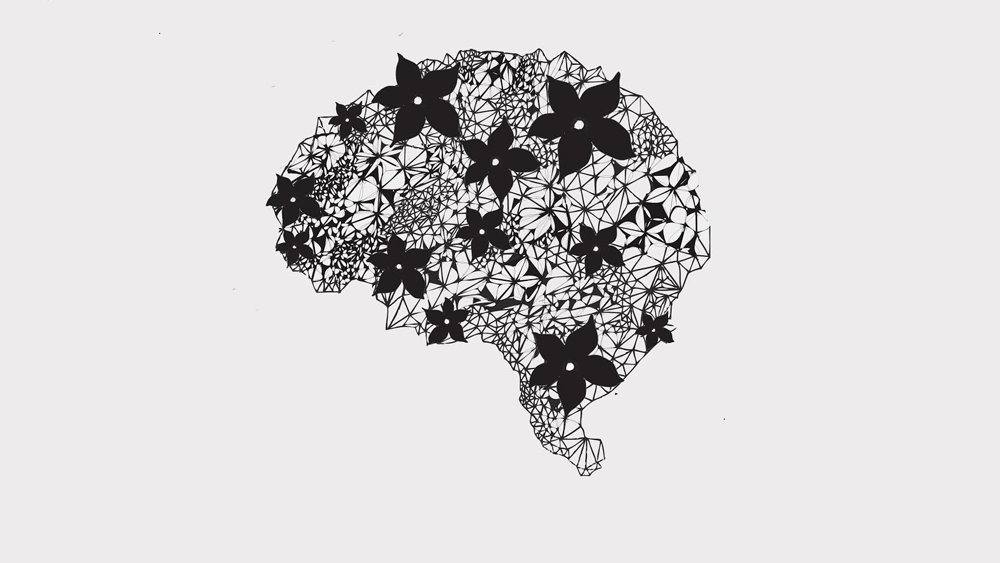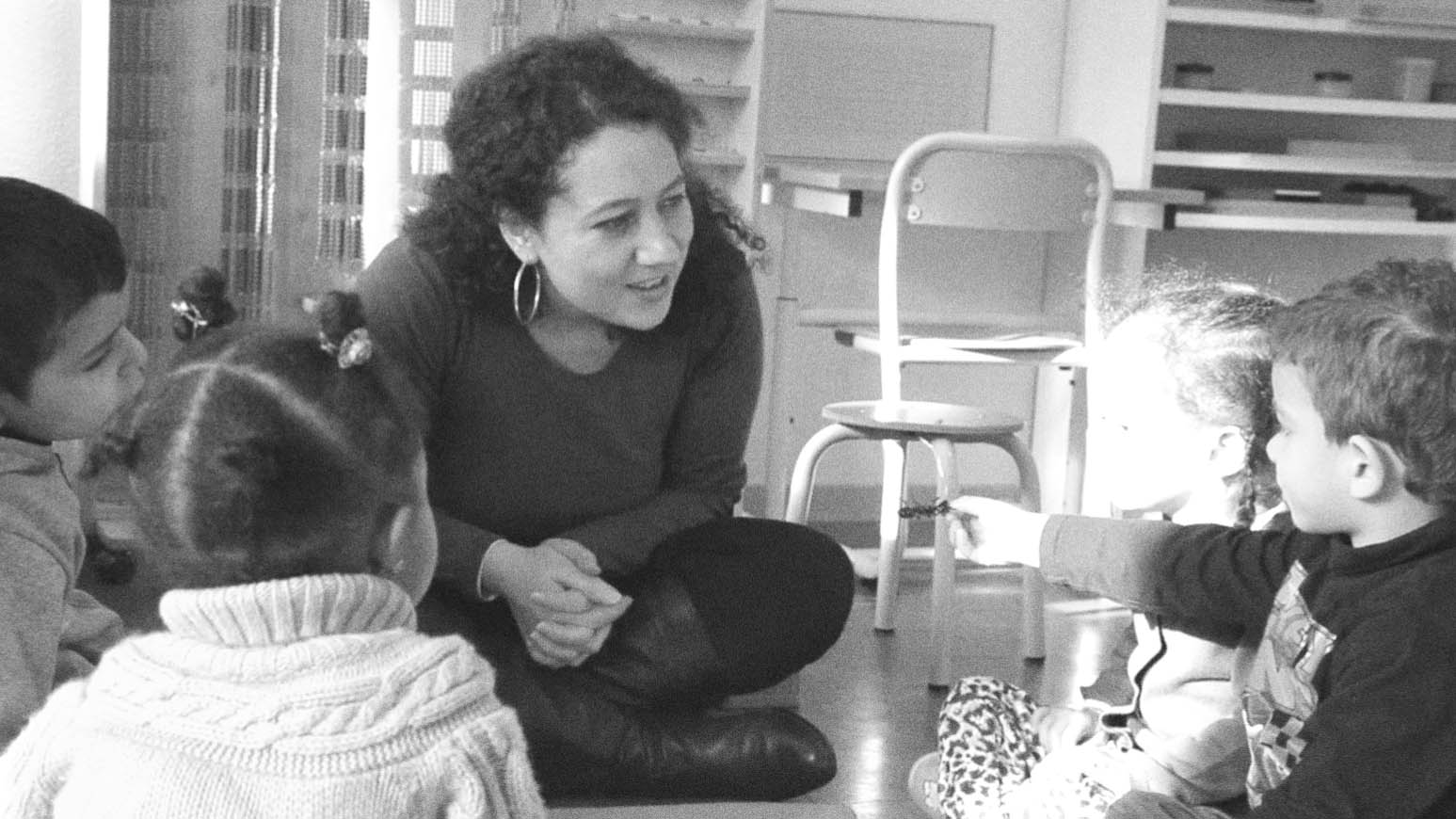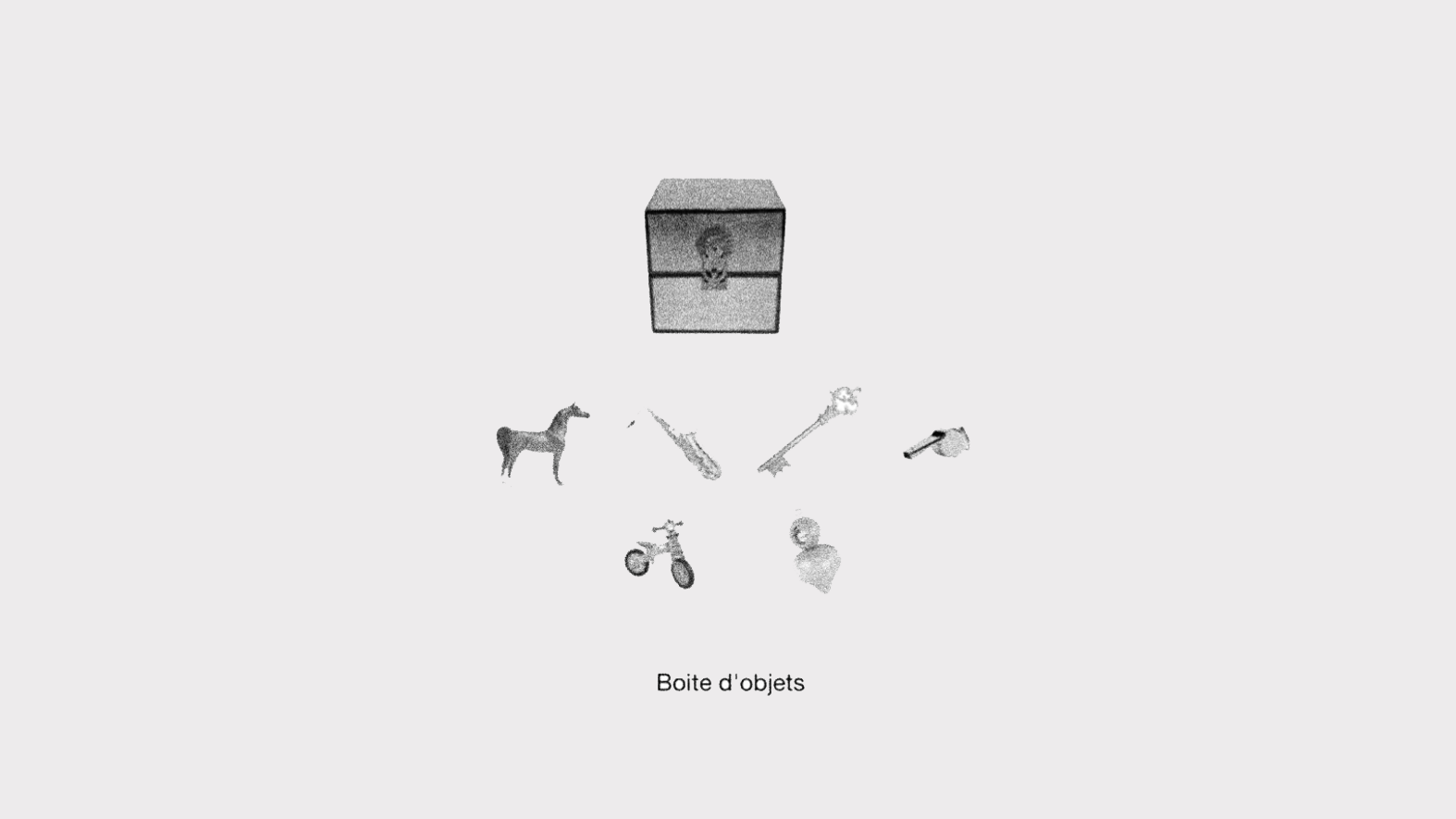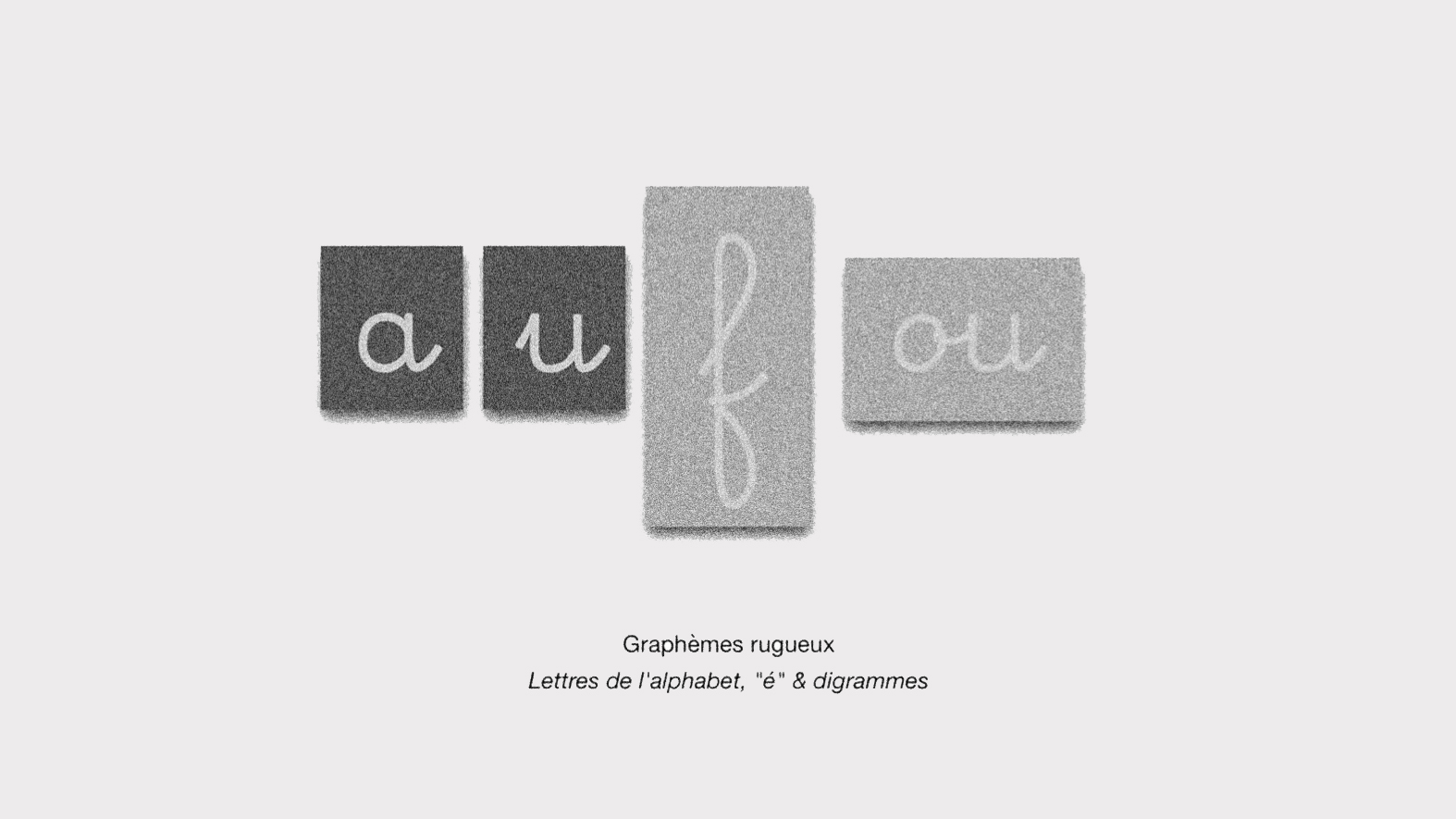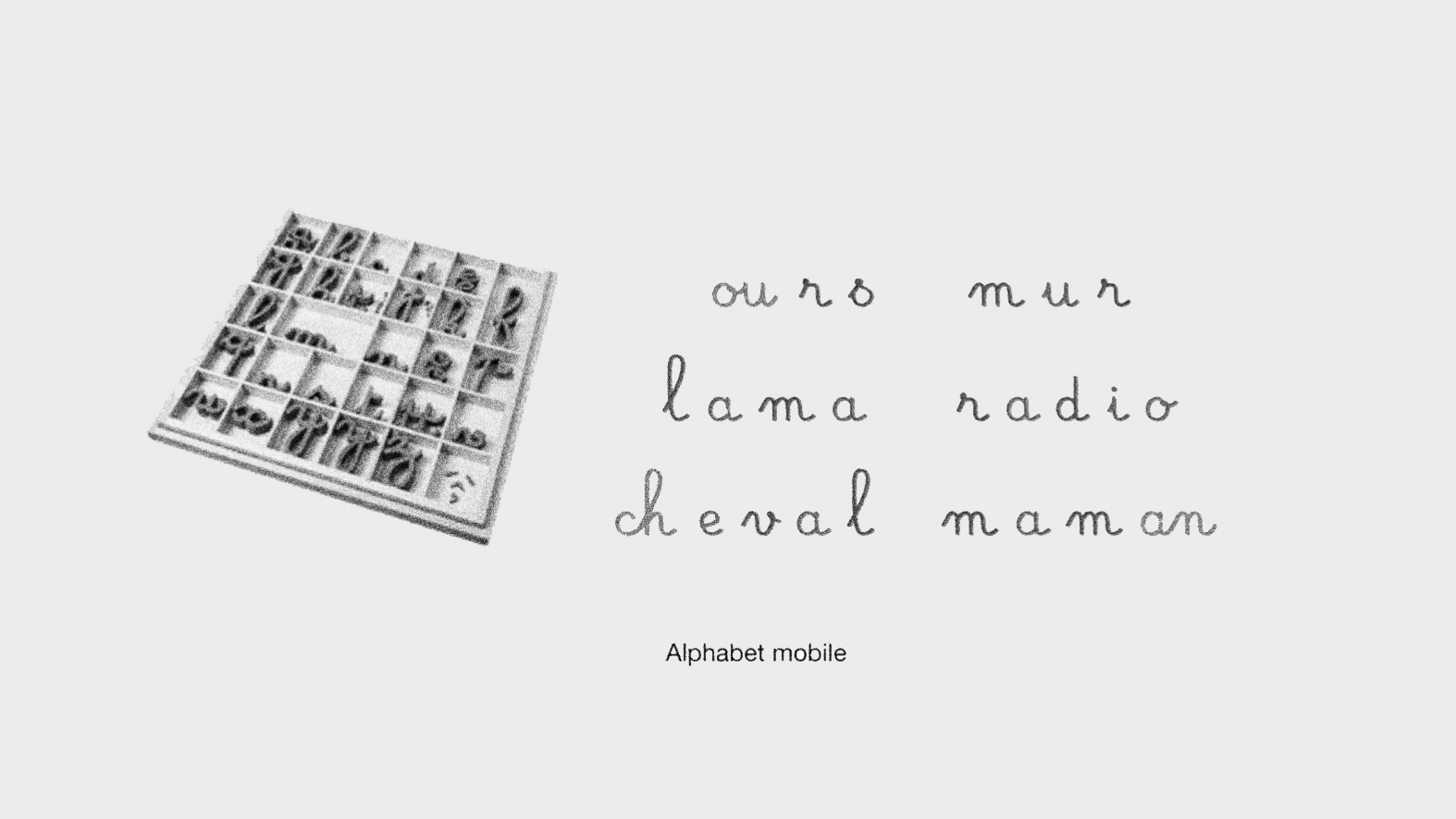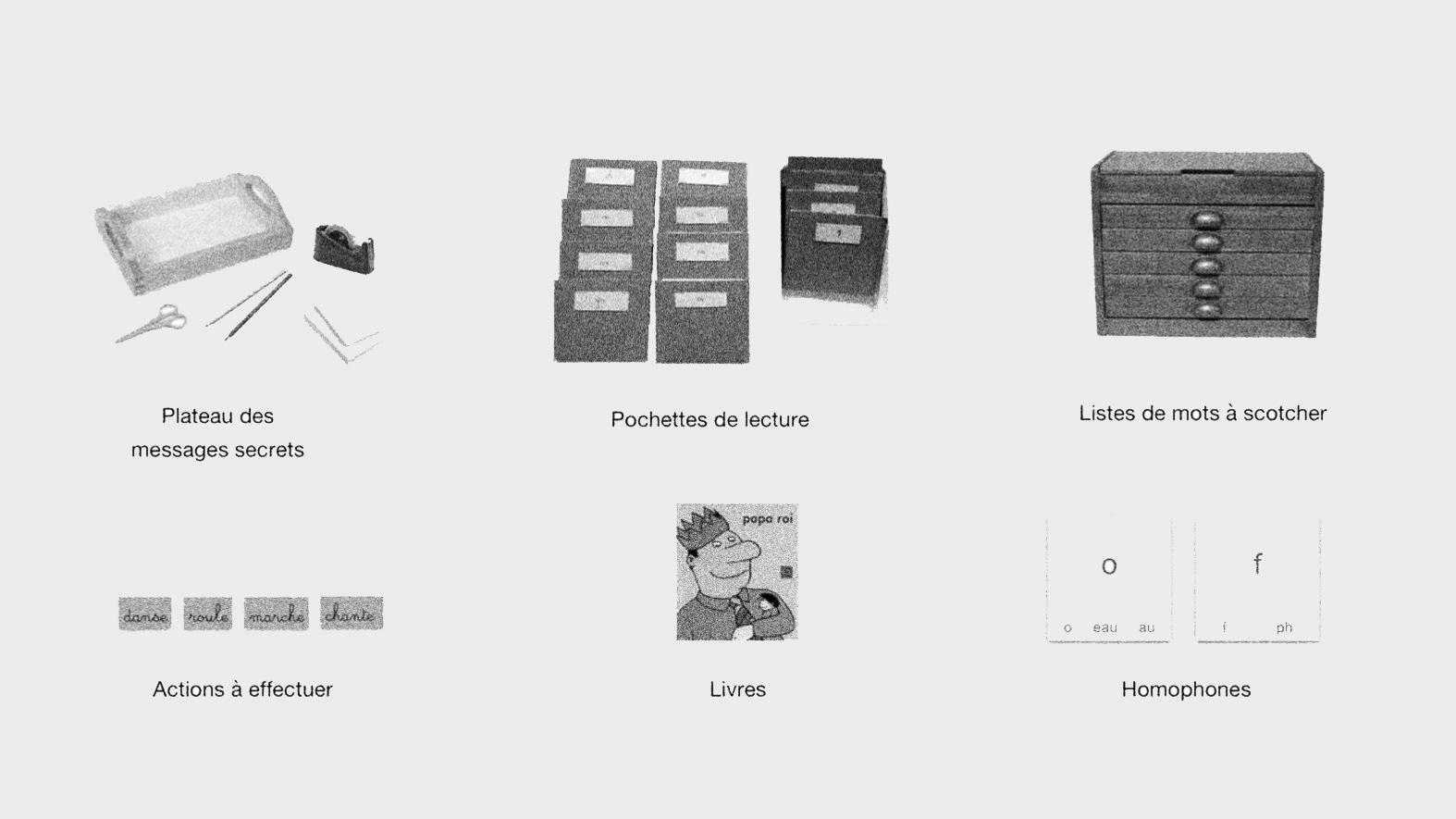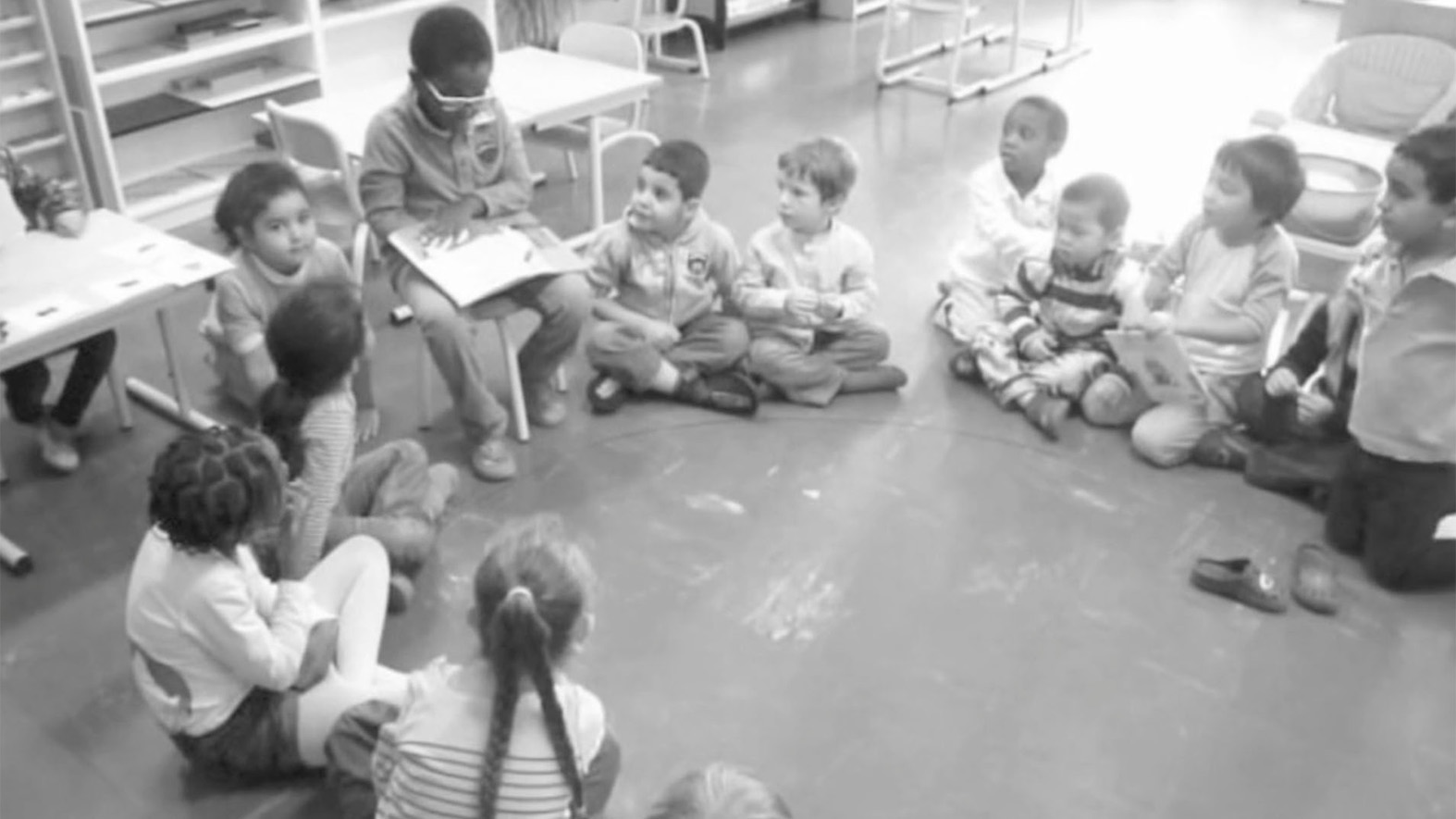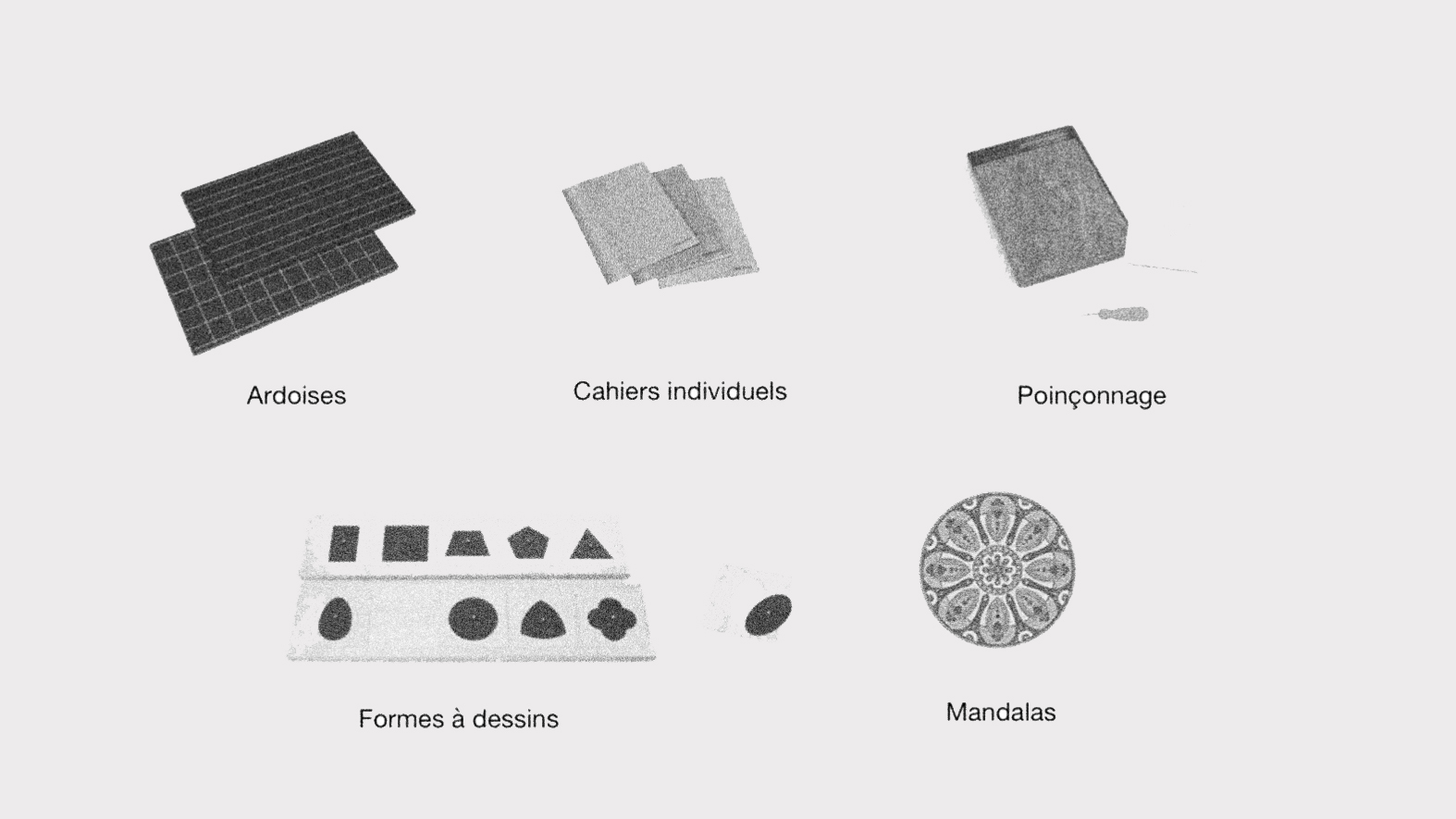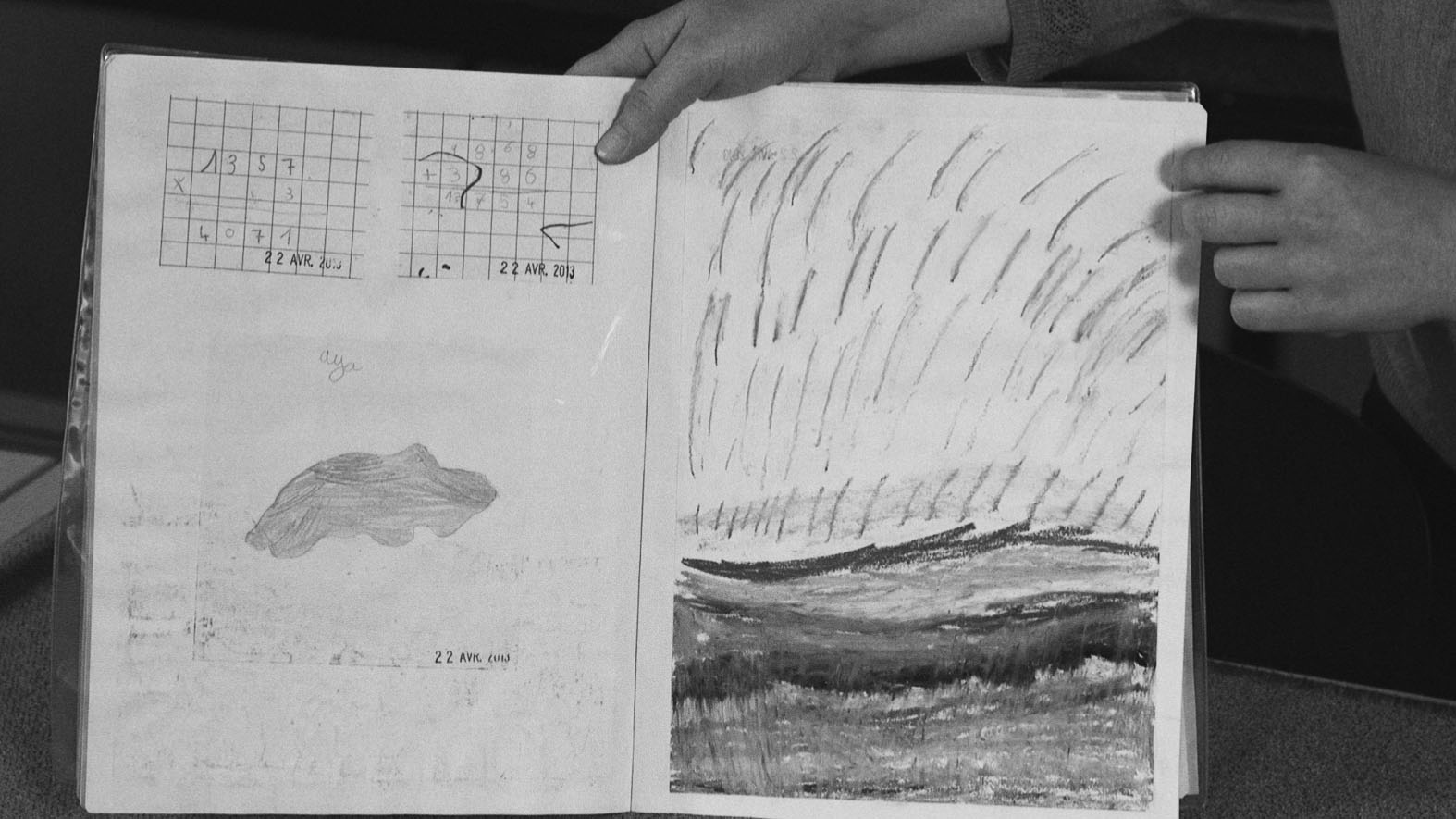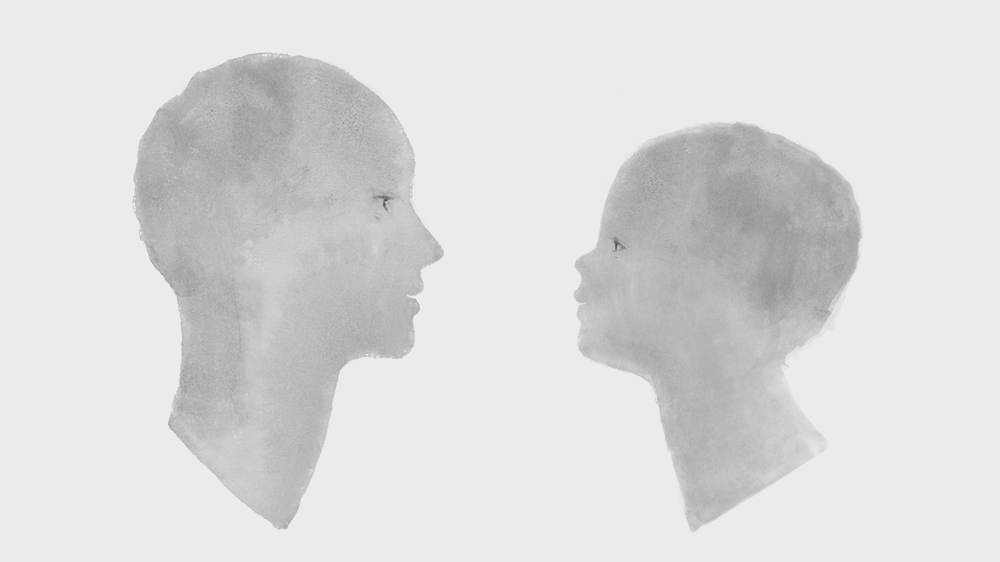Practical underpinning
The practical approach which we are about to present to you is based on the research of three successive generations of doctors - Jean Itard, Édouard Séguin and Maria Montessori – each of whom drew on and extended the work of their predecessors. We in our turn studied and reworked this legacy, adapting it to the specific characteristics of the French language and taking care only to retain the tools that are still relevant in today's world. In addition, we streamlined the way of presenting these activities in order to promote genuine bonding between the children and to encourage them to explore together and to help each other.
We share our reflections in the hope that they will feed into your own. We encourage you to select the activities which suit you best and to supplement the list with any activity which you consider to be pertinent. As we pursue our research, we are also continuing to develop and enrich our own practical approach, which we consider to be a starting point, not an endpoint.
Refining the senses
Young human beings possess an immature brain which is highly plastic, enabling them to assimilate a large quantity of information through their senses. All the sensory information which they receive enables them to shape and structure their intelligence. It is therefore vital, on the one hand, to facilitate the child's connection with the real world so that they can gather visual, olfactory, auditory, gustatory and tactile information and, on the other, to help them hone their sensory perception capacities in order to see, smell, touch and hear better, etc. When their senses are refined in this way, they are able to develop a more discerning, precise and subtle intelligence. And as we tend to do spontaneously with our own children, it is important to name, using vocabulary which is as precise as possible, the things that the young child perceives in order to help them order all this information they are gathering.
Providing culture
Since children use the world to shape their intelligence, it is up to us to place in their environment, with due care and awareness, the culture which we wish to transmit to them. These are the activities which we selected and presented to the children for geography, geometry, mathematics, reading and writing. In this recorded presentation, we didn't have time to present the 'artistic' activities - painting, clay, thick chalk, moulding, origami, music, etc. We will present them in the near future. We strongly recommend that you offer activities of this kind to the children, in line with the children's personal interests and your own.
Geography
Geometry
Mathematics
Language
Let's not restrict ourselves to these activities!
The environment which we offered in Gennevilliers was very limited. That was the case for all the children, but especially for the oldest children who, from the age of 4 1/2 to 5, are less keen on 'classroom activities' and more interested in connecting freely with nature, playing free-ranging games and building things, and having a broader mix of ages and 'real world' activities which make social and cultural sense - the construction of real hutches for animals, looking after a vegetable garden and harvesting, making clothes, preparing lunch, etc. We therefore urge you not to restrict yourself to just the classroom activities – in our view, this would be a big mistake. A restricted and enclosed environment, even with excellent classroom materials and a mix of ages, can never be entirely satisfying for a human intelligence which is in full development.
It would seem to be high time to reinvent our schools as open, vibrant and dynamic living spaces within which our children would not be forced to spend hours at a time in a single classroom. They could be given free access to a variety of spaces: a kitchen, a board game room, an art room, a space for resting, a music room, etc. They would tend to vegetable gardens, they would prepare meals for their classmates and they would look after animals. They would be in contact with older children working in neighbouring rooms (with moveable partitions)! This outline may seem unrealistic, and yet local authorities are already moving in this direction in consultation with teachers.
We encourage each of you to move in this direction at your own pace, working with the resources you have at your disposal, and to enrich your classroom practices with anything that will satisfy and nurture young human beings who are undergoing rapid development. Let's move beyond the notion of a fixed 'method' and strive to do justice to the child's own method.
Over 700 people attended these three days, 95% of whom were state school teachers. Those present in the hall voiced a striking commitment to change, which rendered the whole atmosphere buoyant, lively and very touching. View the photos of these three days.


